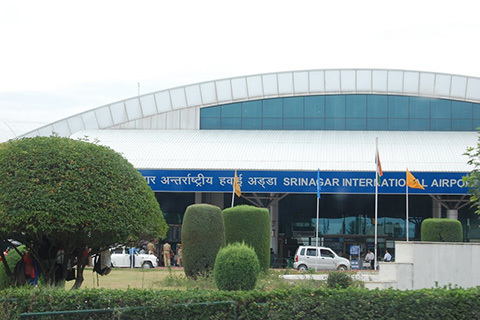New Delhi: Potentially deadly heat waves will likely become more commonplace in South Asian countries, including India, in the coming decades even if global warming is limited to 1.5 degrees Celsius, according to a new study.
Scientists, including those from Oak Ridge National Laboratory in the US, said such an increase in extreme heat events can create unsafe labour conditions in major crop producing parts of India, such as Uttar Pradesh and West Bengal, as well as coastal regions and urban centres like Kolkata, Mumbai, and Hyderabad.
According to the research, published in the journal Geophysical Research Letters, with two degrees of warming, the population’s exposure to lethal temperatures rises by close to three times as compared to recent years.
“The future looks bad for South Asia, but the worst can be avoided by containing warming to as low as possible. The need for adaptation over South Asia is today, not in the future. It’s not a choice anymore,” said Moetasim Ashfaq, study co-author from Oak Ridge National Laboratory.
“Even at 1.5 degrees, South Asia will have serious consequences in terms of heat stress. That’s why there is a need to radically alter the current trajectory of greenhouse gas emissions,” Ashfaq added.
In the study, the researchers used climate simulations and projections of future population growth to estimate the number of people who will experience dangerous levels of heat stress in South Asia at global warming levels of 1.5 and 2 degrees Celsius.
They estimated the wet bulb temperature residents could experience, which is similar to the heat index, as it takes into account both humidity and temperature.
The study noted that a wet bulb temperature of 32 degrees Celsius is considered to be the point when labour becomes unsafe, and 35 degrees Celsius is the limit to human survivability when the body can no longer cool itself.
Based on the analysis, the scientists said 2 degrees of warming may increase people’s exposure to unsafe labour temperatures by more than two-fold, and exposure to lethal temperatures by 2.7 times, as compared to recent years.
While the planet has warmed by 1 degree Celsius since the start of the Industrial Revolution, it may reach 1.5 degrees Celsius of warming by 2040, according to the Intergovernmental Panel on Climate Change.
“Only half a degree increase from today is going to cause a widespread increase in these events,” Ashfaq said.
According to the scientists, densely populated South Asian cities already lack regular access to air conditioning, and about 60 percent of their populations perform agricultural work and cannot escape the heat by staying indoors.
This deadline leaves little time for South Asian countries to adapt, since the people here are especially vulnerable to deadly heat waves with the area already experiencing very hot, humid summers, the researchers added.
“A policy framework is very much needed to fight against heat stress and heat wave-related problems,” said T.V. Lakshmi Kumar, an atmospheric scientist at SRM Institute of Science and Technology in Chennai, who was not involved in the study.








